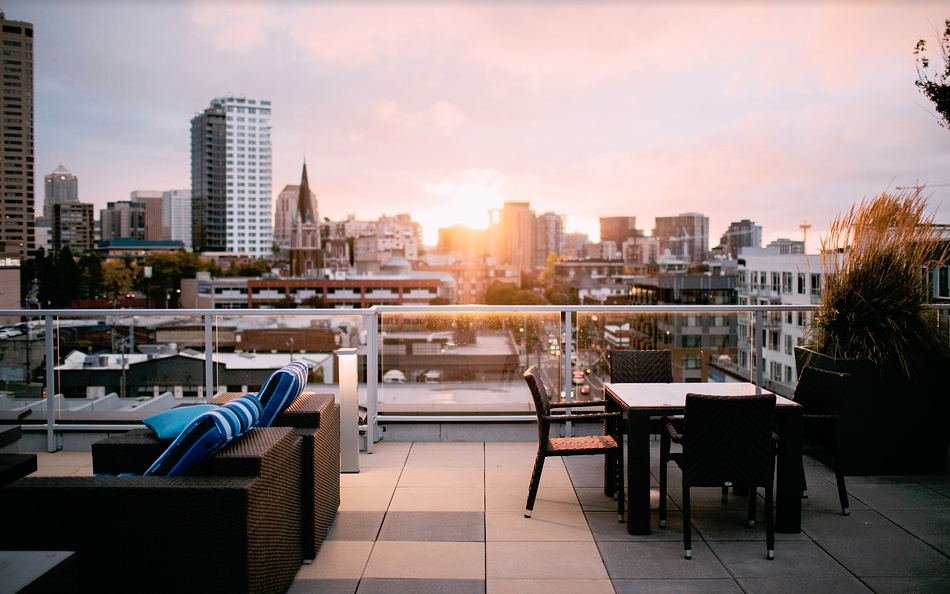Renters in many U.S. cities have come to expect green features in apartments that they rent, with an eye toward energy efficiency and healthy indoor air, according to a report by National Real Estate Investor. New apartment units today almost always include some green features, with renovations often incorporating sustainable design components.
Some 42% of overall multifamily financing provided by Fannie Mae in 2017 qualified for its Green Rewards program. That program offers lower interest rates to apartment properties that have earned green building certifications or pledge to cut their energy use by at least 25% through renovations.
Tenants are willing to pay an extra $27.21 a month to live in buildings that have green certifications, according to the 2017 NMHC/Kingsley Renter Preferences Report.
With the cost of incorporating many green features in apartment properties having dropped to be roughly comparable to conventional construction, landlords are meeting the wishes of the market. Fannie Mae’s Green Rewards program often slices about a fifth to a third of a percentage point off the interest rates offered to apartment borrowers.
In 2017, Fannie Mae provided $27.6 billion in financing to qualified apartment properties through Green Rewards.
Related Stories
| Oct 6, 2011
Taking tenant behavior into account on building energy codes
Over the past few years, Seattle, San Francisco, Austin, and Washington, D.C., have passed laws requiring property owners to measure and disclose their energy use, which would help place a market value on a building’s efficiency and provide a benchmark for improvements.
| Oct 6, 2011
Constructed properly, green roofs hold up well in a hurricane
The heavy rains and high winds of Hurricane Irene didn’t cause any problems for a Con Edison green roof in New York City. The roof contains sedum, a plant that adapts well to drought and handles periods of heavy rain well.
| Oct 6, 2011
RoofPoint: A new green standard for roofs
Structured much like other rating systems, RoofPoint, establishes green standards specifically for roofs.
| Oct 6, 2011
Roofers critical of new OSHA harness rules
Roofers say a new OSHA rule requiring all residential roofers to wear a safety harness makes workers less safe, and is causing lost business for those who comply with the rule.
| Oct 6, 2011
Florida county proposes saving on construction costs by trumping city regulations
This summer, Pinellas County, FL wanted to save money on an $81 million public safety complex in Largo by using the county’s own building regulations and permit fees, not the city’s more expensive fees.
| Sep 30, 2011
OSHA Releases New Nail Gun Safety Document
The Occupational Safety and Health Administration and the National Institute for Occupational Safety and Health have developed a new guidance document, Nail Gun Safety—A Guide for Construction Contractors.
| Sep 30, 2011
Cement Industry Advocates For Environmental Regulatory Relief
EPA regulations impacting the cement industry could force the closure of 18 of the nearly 100 US cement plants and cost 4,000 manufacturing jobs .
| Sep 30, 2011
IRS Releases New Rule On Reclassifying Independent Contractors
The Internal Revenue Service (IRS) has a new Voluntary Classification Settlement Program that allows an employer to reclassify independent contractors as employees if those workers previously were misclassified.
| Sep 29, 2011
Illinois Grapples With Definition of ‘Clean’ Construction Debris
The Illinois Pollution Control Board holds hearings this week about construction debris rules proposed by the state Environmental Protection Agency.
| Sep 15, 2011
Alabama Prepares First Statewide Residential Building Code
Following a series of devastating tornadoes that ripped through Alabama on April 27th, the state is preparing to implement the first statewide building code for residential structures.







